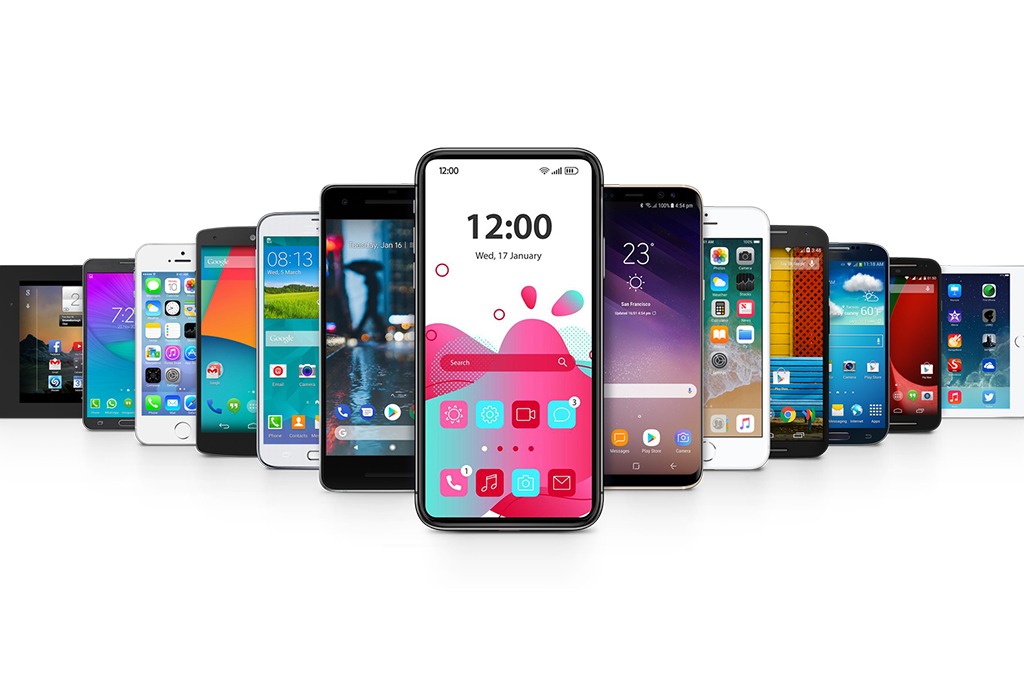Both mobile operating systems have loyal followings in today’s world, and users of one rarely choose to migrate to the other freely. Here’s a brief overview of the two operating systems’ histories before we examine the benefits and drawbacks of each.
A few individuals established a major mobile operating system company in 2003, but the developer most associated with it is widely known. The operating system was initially created for digital cameras, not smartphones. However, the developers quickly pivoted and declared that the software would compete with other popular mobile platforms at the time. This was a bold claim, and not many people believed it because the company was reportedly facing serious financial difficulties, to the point of struggling to pay for office space.
A leading tech company took a chance on the product and acquired the company along with some of its key employees, despite industry skepticism. The acquisition and development process was highly secretive, and although there were rumors about the tech giant developing its own mobile software, few realized how soon it would be available to more than a billion people.
The mobile development team quickly understood the scale of their mission and soon after formed the “Handset Alliance.” The coalition boldly claimed they would establish the first “truly open and comprehensive platform for mobile devices today.” Alliance members included major mobile manufacturers and technology firms. They weren’t just making empty promises—shortly after, several software versions with playful, dessert-themed names like “cupcake,” “donut,” “eclair,” “froyo,” and eventually “KitKat” were introduced. It was explained that the food-related names were chosen to reflect the “sweet” user experience, offering seamless mobile solutions, including mobile phone repair in Dubai Marina.
Meanwhile, a leading consumer electronics company had a major task in 2005: reducing the size of its popular computers and creating the ideal portable gadget. The company launched its new phone and mobile operating system in 2007. Unlike its competitors, it did not assign catchy names to the initial software version—it simply labeled it as Version 1 and started counting from there.
That’s been the pattern ever since, though over time, many high-end phones running other operating systems have also become incredibly expensive. Even with their premium pricing, consumers continued to purchase these devices. Looking at all-time best-selling phones, early feature phones dominate the list. Reviewing the historical market share, the now widely popular operating system began leading in 2009, while the other system was just beginning to gain momentum. However, since around 2013, the more open platform has generally dominated the market, with occasional shifts.
The age-old debate between the two major operating systems continues today, and although their approaches have become increasingly similar, the more open system still offers more flexibility in certain areas compared to its rival, as highlighted by many mobile service centers in Dubai. For example, many applications on the open platform can operate in split-screen mode, allowing two apps to be used side-by-side or stacked on top of each other. In landscape mode, you can run both apps simultaneously without issue—like watching a video while browsing another app or reading an email while responding to messages.
On devices using the more open platform, double-clicking the power button quickly launches the camera app from anywhere—an efficient shortcut not available on devices using the competing system. On those devices, users must either swipe from the lock screen to access the camera or pull down the control center to tap the camera icon. Currently, double-pressing the power button from any screen is faster, more convenient, and more universal than the methods offered on the competing system for mobile phone repair Dubai.

